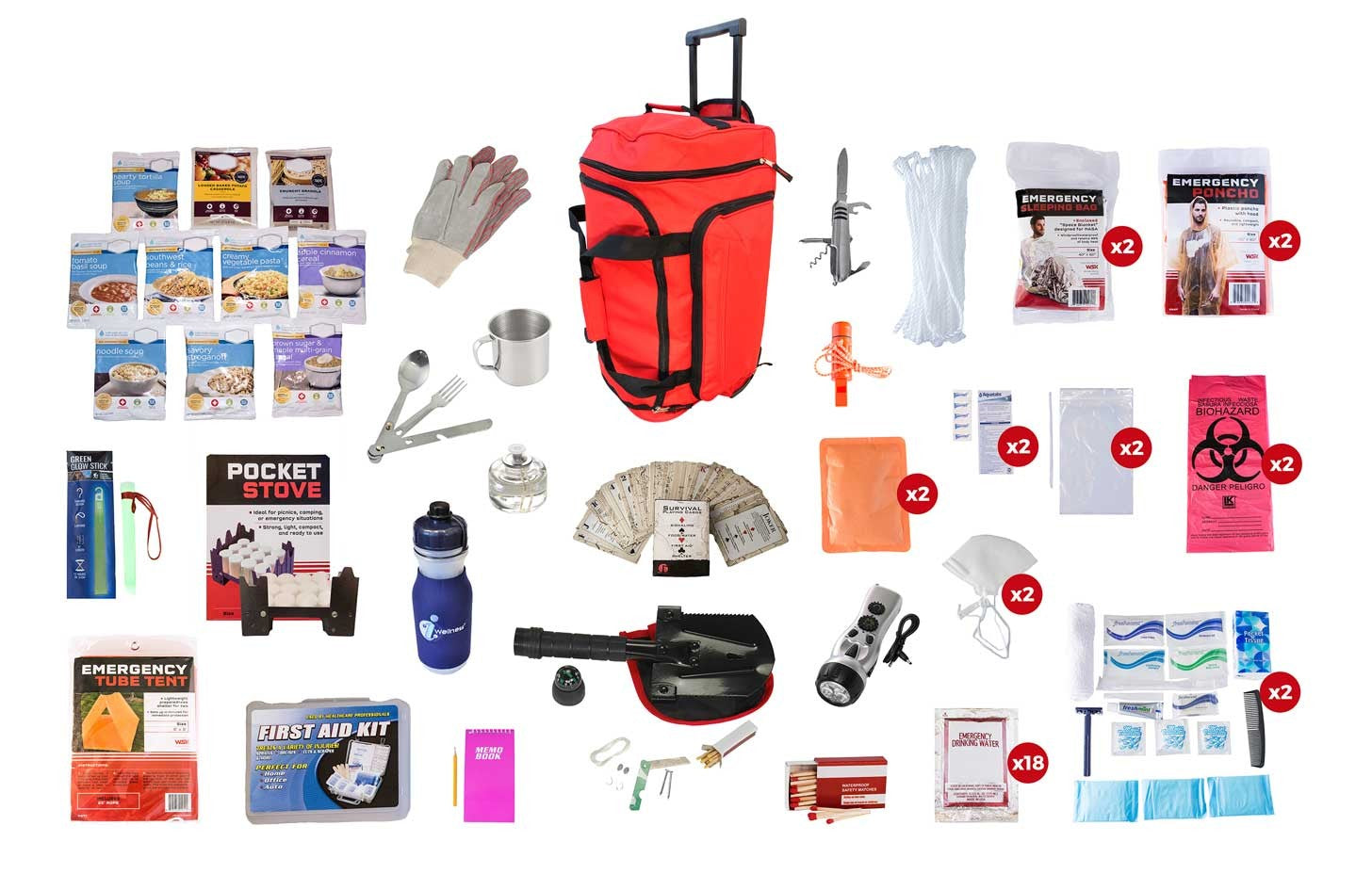Emergency Preparedness: Building a Safer, Stronger Area With Each Other
Emergency Preparedness: Building a Safer, Stronger Area With Each Other
Blog Article
Just How to Establish an Extensive Emergency Situation Preparedness Plan
In the realm of readiness, developing a comprehensive emergency situation plan is not simply a task to examine off a list; it is an important foundation of any company or individual's resilience strategy. By meticulously crafting a strategy that attends to numerous facets of emergency situation monitoring, including danger analysis, communication protocols, source allotment, and strategic decision-making, one can lay a solid structure for guarding assets, operations, and lives.
Value of Emergency Situation Readiness
Emergency preparedness is essential for minimizing prospective risks and ensuring the security of areas and individuals. In today's world, where natural disasters, public wellness dilemmas, and various other emergency situations can strike without warning, being prepared can make a considerable distinction in lessening the effect of these occasions. By having a well-thought-out emergency situation preparedness plan in position, individuals and organizations can respond properly, protect lives, and reduce property damages.
Among the key reasons why emergency situation preparedness is important is its duty in saving lives. When emergencies happen, having a strategy that lays out clear procedures for emergency, interaction, and emptying action can help individuals act swiftly and emphatically. This can stop injuries and fatalities by making certain that people know what actions to take to stay safe
Additionally, emergency situation preparedness improves the strength of communities. By fostering a culture of preparedness and preparation for various circumstances, communities can get better a lot more promptly from catastrophes and disturbances. This strength is vital for keeping stability, connection of operations, and general health when faced with adversity.
Assessing Possible Threats
Thinking about the significance of being planned for unexpected occasions, the initial action in developing a reliable emergency situation readiness strategy includes completely evaluating and examining possible threats. This evaluation requires an extensive review of all feasible dangers that can impact the organization, thinking about variables such as place, industry, and historic information on cases. By recognizing these risks, companies can prioritize their preparedness initiatives and allocate resources efficiently to minimize the most substantial risks.
Typical threats that companies might encounter consist of natural calamities like earthquakes, typhoons, or floodings, technological risks such as power blackouts or data breaches, as well as human-caused dangers like accidents or willful acts of physical violence. Performing a risk evaluation additionally involves taking into consideration the prospective influence of these occasions on the organization's procedures, employees, clients, and credibility. By conducting a detailed threat assessment, companies can create tailored emergency situation feedback strategies that address their specific susceptabilities and guarantee effective preparedness for any potential situation.
Developing a Communication Plan
Developing a detailed and clear communication strategy is vital for efficient emergency situation readiness within organizations. In times of situation, interaction plays a critical role in guaranteeing the safety and security and health of workers, stakeholders, and the community. A well-thought-out interaction strategy need to detail clear lines of communication, mark key employees in charge of communication jobs, and develop procedures for distributing details swiftly and accurately.
One key aspect of creating a communication plan is determining alternate and key communication networks (EMERGENCY PREPAREDNESS). These can include e-mail, message messaging, phone trees, social media systems, and public address systems. It is important to ensure that these networks are reliable, easily accessible, and consistently examined to ensure their efficiency throughout emergency situations

Structure an Emergency Situation Kit
Offered the crucial value of preparedness in times of situation, an essential element that organizations must attend to is the facility of an emergency situation set. When putting together an emergency situation kit, it is necessary to think about the details needs and circumstances of the company. Additionally, companies should include crucial papers, such as call listings, insurance coverage details, and emergency situation feedback plans, in water-proof containers within the package.
Establishing Emptying Treatments
To make certain the safety and go to this site security and organized emptying of employees during emergencies, organizations must develop efficient and clear discharge treatments. Evacuation procedures need to incorporate a series of prospective scenarios, consisting of fires, natural disasters, or various other emergency situations that call for swift discharge.

Furthermore, companies must establish a system for accounting for all personnel throughout an emptying to ensure that every person has actually securely exited the properties. Interaction plays a crucial role in emptying procedures, with clear guidelines on how to leave and when to do so. Normal review and upgrading of emptying procedures based upon responses and changing circumstances are important to maintaining the effectiveness of the plan.
Final Thought
In verdict, creating a comprehensive emergency situation preparedness strategy is crucial for ensuring the security and health of people in case of a calamity (EMERGENCY PREPAREDNESS). By analyzing potential risks, creating an interaction strategy, developing an emergency package, and developing discharge organizations, people and procedures can be much better furnished to respond properly to emergency situations. It is necessary to focus on readiness initiatives to reduce the influence of disasters and protect lives and building
In the realm of readiness, creating a thorough emergency plan is not merely a task to check off a checklist; it is a necessary foundation of any organization or person's strength method. When emergencies take place, having a plan that outlines clear procedures for emptying, communication, and emergency reaction can assist people act swiftly and emphatically. try this web-site. By conducting a detailed risk assessment, organizations can establish tailored emergency situation response plans that resolve their certain susceptabilities and guarantee effective preparedness for any type of possible crisis
Developing a thorough and clear interaction strategy is vital for efficient emergency readiness within organizations. By analyzing possible dangers, producing an interaction plan, constructing an emergency situation set, and developing evacuation individuals, organizations and procedures can be better equipped to respond effectively to emergency situations.
Report this page